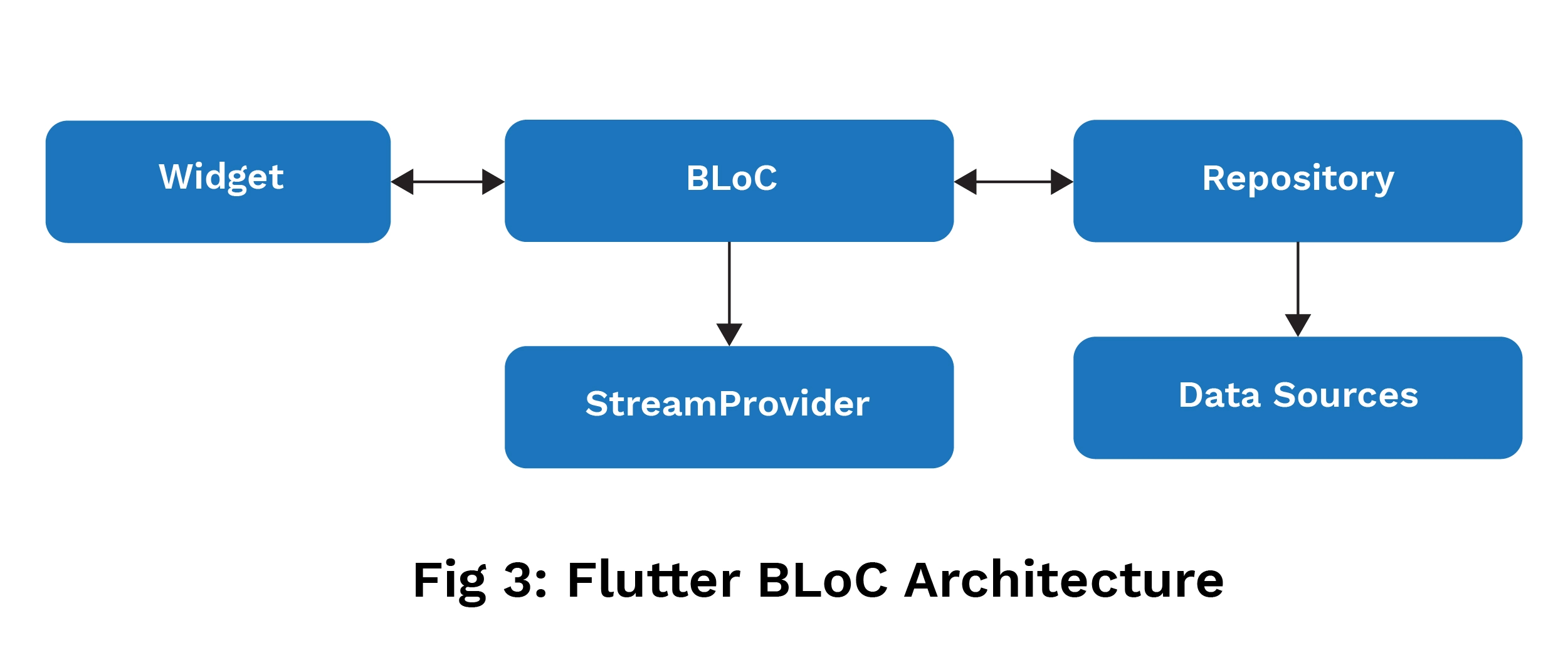Mobile app architecture serves as the fundamental framework for building a successful application. As technology evolves rapidly, creating a strong, scalable, and secure architecture is more crucial than ever. In 2025, cross-platform frameworks, modular designs, and cloud-native solutions are gaining traction. This guide covers the key elements of mobile app architecture, including native platforms like Android and iOS, as well as cross-platform tools like Flutter and React Native. It highlights the latest trends shaping mobile development in 2025.
1. What is Mobile App Architecture?
Mobile app architecture is the blueprint for building mobile apps. It involves choosing the right technologies, tools, platforms, and methods to ensure the app runs smoothly, can grow with more users, stays secure, and is easy to maintain over time.
Key considerations include:
- Separation of concerns: Ensure that the various components of the application are designed to manage distinct responsibilities, such as managing the user interface, processing business logic, and handling data operations
- Performance: Focus on optimizing speed and memory use, particularly in environments with limited resources
- Scalability: Design the app to grow easily, accommodating more users and features without requiring significant changes
- Security: Safeguard user data, prevent unauthorized access, and ensure secure communication within the app
2. Latest Trends in Mobile App Architecture (2025)
Mobile app architecture has adapted to include several key trends:
- Modular Architecture: This approach breaks large apps into smaller, manageable parts, making them easier to maintain and reuse
- Cross-Platform Development: Frameworks such as Flutter, React Native, and Xamarin enable developers to build apps for Android and iOS platforms with a single shared codebase
- Cloud-Native Architecture: Utilizing cloud services for storage, authentication, and scalability simplifies infrastructure management. In 2025, cloud-native solutions and microservices will continue to shape the way we develop scalable, resilient mobile apps – enabling easier deployment, maintenance, and integration with various platforms.
- Microservices Architecture: Applications are segmented into loosely connected services, each capable of being developed, deployed, and managed on its own
- Edge Computing: This trend moves processing closer to the data source, reducing delays and enhancing real-time performance
3. Architecture for Native Mobile Platforms
a) Android Architecture
Android applications are typically structured using a combination of MVVM (Model-View-ViewModel) or MVP (Model-View-Presenter) patterns. These patterns separate the business logic from the user interface, making applications more testable, scalable, and easier to maintain.
Android Architecture Components:
- UI Layer (View): Activities, Fragments, and Jetpack Compose (for declarative UI)
- ViewModel: Manages UI-related data and handles configuration changes
- Repository: A single source of truth for data, abstracting the data layer
- Room (SQLite): For local data storage
- LiveData & Data Binding: For reactive UIs

b) iOS Architecture
iOS apps often rely on MVVM or VIPER (View-Interactor-Presenter-Entity-Router) architecture, promoting cleaner separation of concerns.
iOS Architecture Components:
- View (UI Layer): UIKit or SwiftUI (for declarative UI)
- ViewModel/Presenter: Handles business logic and data transformation
- Data Manager/Interactor: Responsible for fetching data from APIs or local storage
- Router: Manages navigation and screen transitions

4. Cross-Platform Architecture
Cross-platform frameworks enable developers to create one codebase that can be executed across various platforms, leading to reduced development time and costs.
a) Flutter (Dart)
Flutter has emerged as a leading cross-platform framework. It uses Dart and provides a widget-based architecture that allows for highly customizable UIs.
Flutter Architecture:
- Widgets (UI Layer): Everything in Flutter is a widget, which is declarative and reactive
- BLoC (Business Logic Component): This pattern isolates the user interface from functional layer
- Repository: Data management through services like Firebase, REST APIs, or GraphQL

b) React Native (JavaScript)
React Native is built on JavaScript and uses React principles to enable cross-platform app development.
React Native Architecture:
- Components (UI Layer): React-based declarative components
- Redux: For state management
- Native Bridge: For interacting with native device capabilities

5. Backend and Cloud Integration
Cloud services play a key role in mobile app architecture by handling backend functionalities such as user authentication, data storage, notifications, and analytics. In 2025, Cloud-native solutions will be essential to mobile app development.
Cloud Backend Options:
- Firebase: Google’s cloud platform that offers authentication, Firestore (database), and push notifications
- AWS Amplify: Provides tools to build scalable mobile apps, including GraphQL APIs, real-time databases, and storage
- Azure Mobile Apps: Offers cloud storage, notifications, and identity management
6. Security Considerations in Mobile Architecture
Security remains paramount in 2025 as mobile applications continue to handle sensitive user data. Here are key security aspects to consider:
- End-to-End Encryption: Ensure communication between client and server is encrypted using protocols like TLS
- Authentication: Use OAuth 2.0 and the multi-factor authentication (MFA) to ensure secure user access
- Data Encryption: Secure sensitive data by encrypting it both at rest and during transmission
- Secure API Calls: Ensure secure communication between the mobile app and backend services
Conclusion
In 2025, mobile app architecture will evolve with a strong focus on modular design, cloud-native solutions, cross-platform development, and enhanced security. Whether you are building for Android, iOS, or using frameworks like Flutter and React Native, it is crucial to create an architecture that is scalable, secure, and optimized for performance to meet the expectations of modern users.













